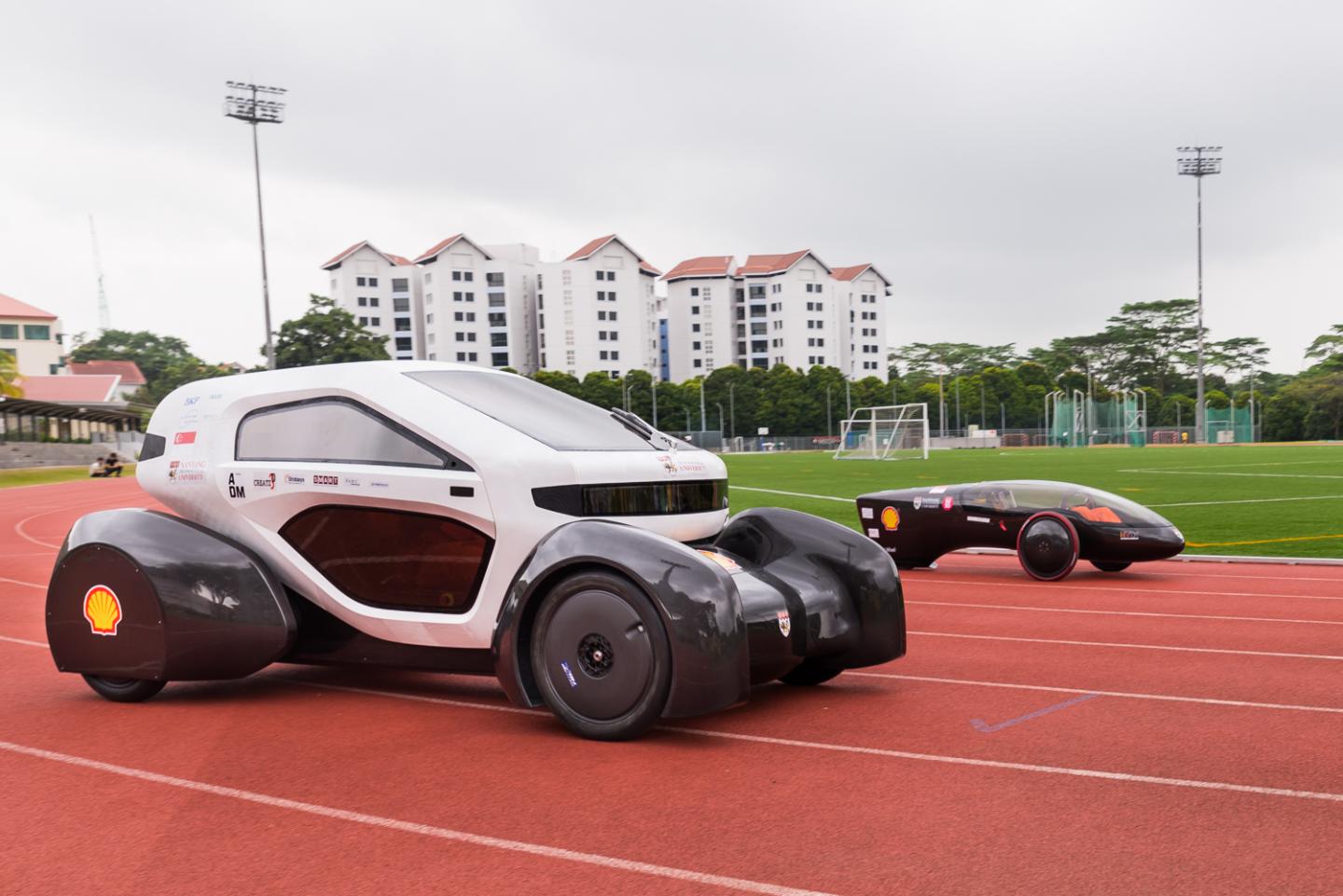Students Build Solar Powered Car with 3D Printed Body

NTU’s solar powered concept vehicle includes a 3D printed body. Courtesy of NTU.
Latest News
February 19, 2015
Before additive manufacturing (AM) really started hitting its stride, no one could have guessed how the technology would be used to change production. The most exciting area of 3D printing in the automotive field isn’t printed widgets or customized license plates, but rather the entire body of a car. Repetition has since proven that feat wasn’t a fluke.
Perhaps inspired by the AM design work going on around the world, students at Nanyang Technological University (NTU) designed the body of their solar powered car to be manufactured via 3D printing. The NTU team was attracted to AM for the body because of the design flexibility offered by the technology. With the entire vehicle being built from scratch, the ability to alter the design and fit the final look of the body to the finished vehicle was invaluable.
 NTU’s solar powered concept vehicle includes a 3D printed body. Courtesy of NTU.
NTU’s solar powered concept vehicle includes a 3D printed body. Courtesy of NTU.“We are extremely proud to have designed and assembled a 3D printed body shell for the electric car, which is Singapore’s first and probably Asia’s first 3D-printed concept car,” said Professor Ng Heong Wah, team mentor. “The 3D printed car body was pushing existing technology to the limits and we are so pleased that it has paid off.”
The body of the car consists of 150 3D printed parts that were built both at NTU and elsewhere across Singapore. A honeycomb pattern inside the plastic frame increases durability without sacrificing the lightweight nature of the design.
“We decided to go with a 3D-printed cabin made from lightweight plastic, as we wanted to maximise the internal space and driver’s comfort while still being able to keeping the weight to a minimum,” said Ilmi Bin Abdul Wahab, a senior computer engineering student who led development. “Despite being an Urban Concept car, it is no slouch and can reach a top speed of 60 kilometres per hour, while maintaining low energy consumption.”
Bespoke solar panels fit into the body and match its curves, allowing the concept vehicle to gather light from nearly every angle, without creating wind drag. The vehicle also sits atop a carbon fiber single shell chassis.
Below you’ll find a video that follows the assembly of the vehicle’s 3D printed body.
Source: NTU
Subscribe to our FREE magazine, FREE email newsletters or both!
Latest News
About the Author
John NewmanJohn Newman is a Digital Engineering contributor who focuses on 3D printing. Contact him via [email protected] and read his posts on Rapid Ready Technology.
Follow DE





